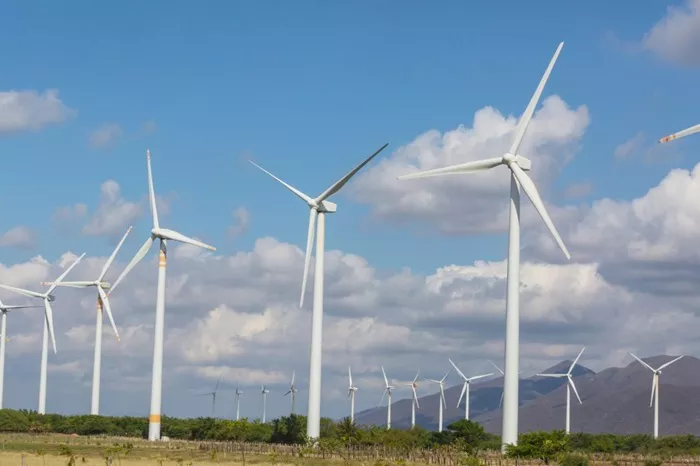The Tamil Nadu Green Energy Corporation (TNGEC) plans to generate 25 gigawatts (GW) of wind power by 2030, leveraging the state’s significant wind energy potential. Currently, Tamil Nadu has an installed wind power capacity of 10.5 GW.
The National Institute of Wind Energy (NIWE) estimates that Tamil Nadu’s total wind energy potential reaches 75 GW, including 35 GW from offshore sources.
A senior official from the Tamil Nadu Electricity Board (TNEB) emphasized the challenges of meeting the state’s power demand, particularly during the summer months. “We often experience shortfalls because of limited internal power generation. To fill this gap, we sometimes have to purchase electricity from private suppliers or the open market at rates of Rs 18 to Rs 20 per unit. Given these high costs, increasing our use of renewable energy is vital for meeting the state’s demands and supporting national efforts to cut carbon emissions,” he said.
The official noted the significant role of private companies in the state’s wind energy sector. “The wind season lasts from May to September. During this time, we buy energy from wind power producers and return an equal amount during peak summer months. This banking system helps to lower costs. Expanding our renewable energy sources can reduce our financial burdens,” he added.
Currently, TNEB has a debt of Rs 1.5 lakh crore. Regarding pumped storage projects (PSP), the official said, “We encourage developers to find new PSP sites and enhance existing ones. PSPs are crucial for energy storage. They allow us to store excess renewable energy when demand is low and use it during peak times.”
This strategy will help the state meet the central government’s Renewable Purchase Obligation targets, thus increasing the share of green energy in the energy mix. Pumped storage hydropower (PSH) uses two water reservoirs at different elevations to generate electricity by moving water down through turbines.
The state has identified potential PSP sites in the Western Ghats, which could provide a combined capacity of 14,500 MW at an estimated cost of Rs 70,000 crore. However, some of these sites are located in Ecologically Sensitive Areas, according to the union government’s draft notification. “We will move forward once we obtain the necessary environmental clearances,” the official stated.
Related Topics
- Power Stock Soars 7% After Revenue Guidance Announcement
- Mobile Home Damaged In Generator Fire, Authorities Report
- Hydro Electric Core Generator Wins Renewable Energy Innovation Challenge 2024

